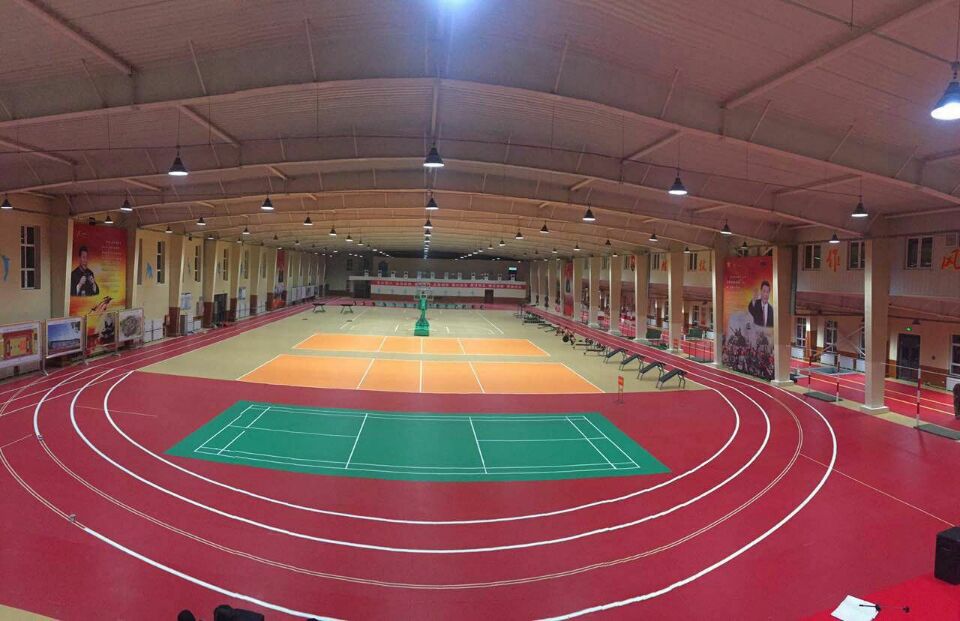Aug . 06, 2024 13:01 Back to list
Exploring the Benefits and Features of Hardwood Basketball Courts for Optimal Performance
The Evolution and Significance of Hardwood Basketball Courts
Basketball, a sport beloved across the globe, owes much of its allure and performance to the very surfaces on which it is played. Hardwood basketball courts, with their polished surfaces and distinctive aesthetics, have become synonymous with the sport, elevating both amateur and professional gameplay. In this article, we will explore the evolution, characteristics, and significance of hardwood basketball courts in the world of sports.
Historical Development
The origins of basketball can be traced back to 1891 when Dr. James Naismith devised a new game to keep his students active indoors during the winter months. The earliest versions of the court were simple and often made of materials available at the time—dirt, grass, or even sand. As the sport grew in popularity throughout the 20th century, the need for a more suitable playing surface became evident.
The transition to hardwood surfaces began in the 1930s when manufactured wood products gained traction. Maple wood emerged as the preferred choice due to its durability and resilience, providing the ideal balance of firmness and flexibility. Over the decades, hardwood courts have become standard in gyms, schools, and professional arenas alike, with many iconic venues featuring these beautiful wooden floors.
Characteristics of Hardwood Courts
A hardwood basketball court is crafted from high-quality maple wood, renowned for its ability to withstand the rigors of the game. The surface is typically finished with a series of protective coatings to enhance its longevity and maintain a consistent playing condition. The smooth, glossy finish not only contributes to an aesthetically pleasing look but also provides optimal ball bounce and player traction.
hardwood basketball court

Moreover, the court is marked with precise lines and logos—including the three-point line, the free-throw line, and the center circle—which are crucial for gameplay. These markings are typically painted in bright colors that contrast sharply with the warm hues of the wood, making them easily visible to players and referees alike.
The Significance of Hardwood Courts
Hardwood basketball courts hold immense significance both in terms of functionality and culture. From a functional perspective, the properties of hardwood allow for better performance. Players experience less strain on their joints when playing on hardwood as compared to concrete or asphalt surfaces, leading to a reduced risk of injury. This is particularly important for young athletes who are still developing physically.
Culturally, hardwood basketball courts represent the heart of communities. Whether in a local gym, high school, or NBA arena, these courts are often a gathering place for people, transcending age and background. They witness unforgettable moments—game-winning shots, championship celebrations, and personal milestones. The sound of sneakers squeaking against polished wood and the swish of the net is a sound that resonates with fans and players alike, contributing to an emotional connection to the game.
Conclusion
In conclusion, hardwood basketball courts embody both the evolution of the sport and its cultural significance. They provide an exceptional playing surface that enhances game performance while serving as a focal point for communities and fans. As basketball continues to grow in popularity worldwide, the legacy of hardwood courts will endure, reminding us of the passion and history that the sport is built upon. Whether you're shooting hoops at a local park or watching an NBA game, the hardwood court remains an integral and cherished element of the basketball experience.
-
Converting Tennis Court to Pickleball Fast & Affordable Solutions for Any Facility
NewsJul.04,2025
-
Professional Tennis Court Lining Services Pickleball Court Marking Experts
NewsJun.24,2025
-
Pickleball Court for Sale - Premium Flooring Solutions for Sports Venues
NewsJun.10,2025
-
Maple Grove Outdoor Pickleball Courts - Premium Conversion & Durable Materials
NewsJun.10,2025
-
Best Pickleball Outdoor Courts Solutions Convert Tennis Courts, Outdoor Covered Courts, Maple Grove Options
NewsJun.10,2025
-
Convert Tennis Court to Pickleball Fast & Affordable
NewsJun.09,2025

